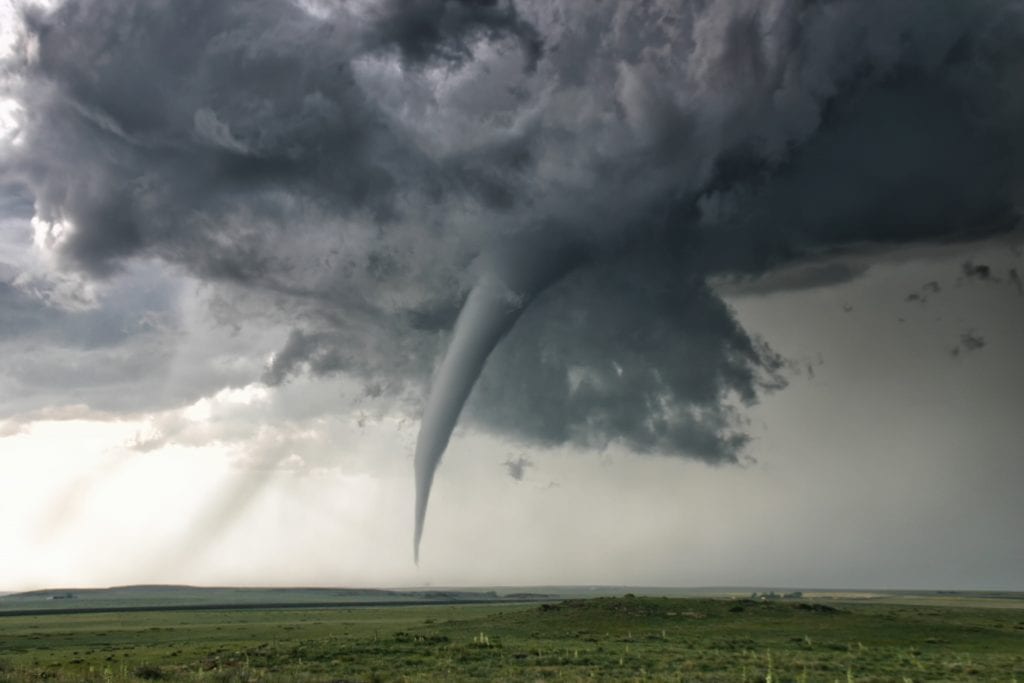 Safety News
Safety News


Tornado Preparedness and Response
Tornadoes can occur with little or no warning. Taking precautions in advance of the storms, such as developing an emergency plan, learning the warning signs, and monitoring tornado watches and warnings, can help you stay safe if a tornado occurs in your area.
OSHA and NOAA are working together on a public education effort aimed at improving the way people prepare for and respond to severe weather, as well as to help businesses and their workers prepare for tornadoes, and to provide information about hazards that workers may face in the aftermath of a tornado.
To prepare for a tornado, businesses should develop an emergency plan. The plan should include details on suitable places to take shelter, policies to ensure all personnel are accounted for, and procedures for addressing any hazardous materials that are on-site. It is also recommended that individuals develop action plans for their families.
The Checklists and Resources OSHA pages offer a simple way to make sure that you are prepared for a tornado, including suggestions for communications equipment and personal preparedness kits.
After a tornado has occurred, as businesses take steps to recover from the storm, workers may face significant hazards including the potential for additional storms, downed electric lines, and sharp debris. Workers should also be aware of hazards from heat stress and from equipment used during response/recovery operations, such as portable generators. Workers will need to take special precautions in order to stay safe during response and recovery operations. The Response/Recovery OSHA page has more information on these hazards and protections workers should employ.
Employer Responsibilities
Each employer is responsible for the safety and health of its workers and for providing a safe and healthful workplace for its workers. Employers are required to protect workers from the anticipated hazards associated with the response and recovery operations that workers are likely to conduct.
